Movies
Interview: ‘Sator’ Director Jordan Graham on the Fascinating Facts Behind the Film
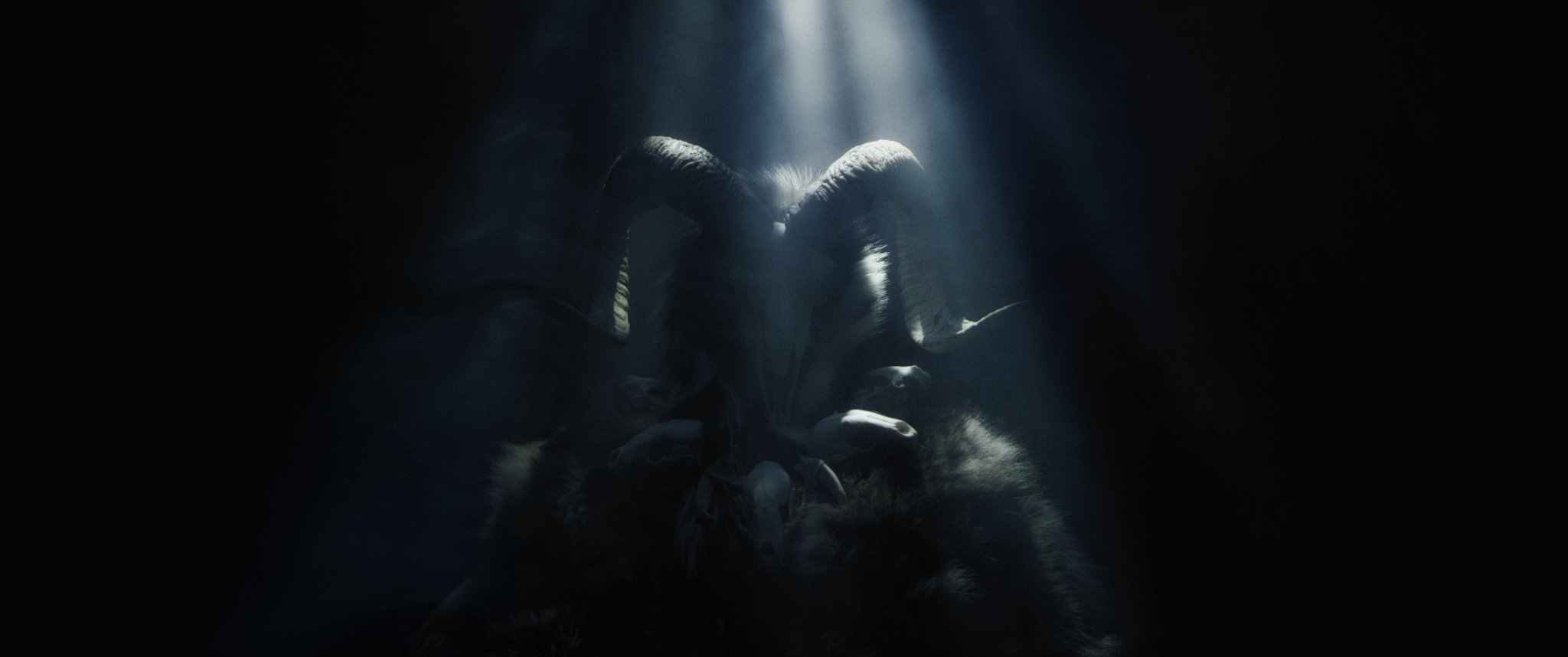
Jordan Graham’s Sator is a chilling, atmospheric tale of a demon haunting a family, and — in a fascinating twist — it’s inspired by true events.
Graham spent 7 years making Sator, serving as director, writer, cinematographer, composer, producer, and editor. The film follows a secluded family living in a forest being stalked and manipulated by the mysterious demon Sator, and (as I learned) is largely based on stories told by Graham’s own grandmother about her history with this entity.
The real on-screen interviews with Graham’s late grandmother recount details of her own incidents with Sator, and reveal her personal journals and automatic writings. I spoke with Graham to learn more about this deeply personal tale and his hands-on, in-depth, learn-as-you-go experience making this moody, slow-burn indie horror. 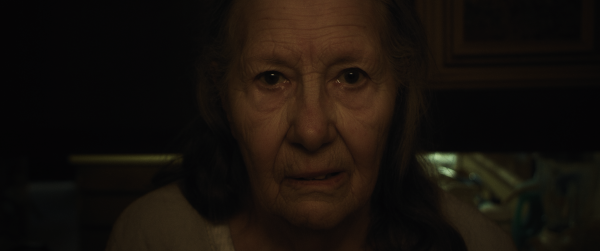
Kelly McNeely: Sator is obviously a very personal project for you, could you talk a little bit about that, and about your grandmother’s history and obsession with this entity?
Jordan Graham: My grandmother wasn’t supposed to be a part of this film, originally. Since I was using her house as a location, I decided to put her in the film as a quick cameo. And then it kind of branched off from there. The cameo was just going to be like an improvisational scene, and if I wasn’t going to use it, then that’s fine. And I got one of the actors, Pete — he plays Pete in the film, he’s a friend of mine — I told him that you’re going to come in there, you’re going to meet my grandmother on camera, and you’re going to pretend to be the grandson and to get her talking about spirits.
So he went in there and asked her, you know, I heard there’s spirits around here. And then she started talking about the voices that were in her head. And something called automatic writing, which I’ve never heard about in my life. She’s never shared it with me before, and she just happened to want to share it while we were actually shooting.
So then I went home and did some research, and then decided that I wanted to incorporate this as much as possible into the film. And so I rewrote the script to make what I had already shot work, and then went back and did more improvisational scenes to try to bring out the automatic writing and the voices. And whenever we would do a scene with her, I would have to stop and rewrite the film again to try to figure out how to make it work, because you can’t tell my grandmother what to say, and I have no idea what she’s going to say. And a lot of the stuff she does say, doesn’t doesn’t really work for the story I was already trying to tell.
But then when I was in post production — when I was already done shooting the film — dementia got really bad for my grandmother and our family had to put her into a care home. And I was cleaning out her back room and the back closet, and I found two boxes, one of which had all of her automatic writing. So you see that, [he shows me one of her notebooks] but there was a box that was full of them. So I found all those and then I found a journal of her documenting her life — over three months — with Sator, it was a 1000 page journal. She met Sator in July 1968, and then three months later, she ended up in a psychiatric hospital because of her obsession with him. And so when I found this journal, I was like okay, I want to put Sator into this film. Like this is such a cool concept, but it felt like I was already done shooting at that point.
So I then raced to my grandmother, and it was a race against time because dementia was starting to take over, and so I I got her to speak about him, and then the last time that I got her to speak about him she could barely even say anything. And yeah, so that’s kind of the history behind it.
Kelly McNeely: It’s a very intimate, deeply personal story, and you can tell. What made you want to tell that story, what made you want to dive into Sator a little bit more, and this concept of Sator?
Jordan Graham: So I went into this film trying to make something unique, because I did the whole film myself, so I wanted to make something and do it in the most unique way possible. And the story I already had, I wrote that seven years ago — or when I started this thing — so I don’t really remember the original story. But it wasn’t that unique.
So when my grandmother started speaking about this, it’s like, well, I have something really interesting here. And with automatic writing, I had never even heard about that, or seen that in a film before. And if I’m making the film in such a personal way, like doing everything myself, and then having such a personal story, I feel like that people are going to really connect with that more. And then also, this is a really cool way to memorialize my grandmother, I feel. So that’s kind of why I wanted to go in there, to do something that was different.

Kelly McNeely: And the automatic writing that your late grandmother had was actually able to be contributed to the film, which is fantastic. How much of the story is sort of fabricated versus how much of it is her real stories, and as far as the audio and video footage, how much of that is archival and how much that was created for the film?
Jordan Graham: Everything my grandmother says is real to her, she believed everything that she said. So I didn’t tell her anything to say, that was all her. Some of the things she said were true. Like, she talked about my grandfather, and my grandfather died of lung cancer. And she says — multiple times — when we were shooting that my grandfather decided to get up, he said he was done, he was ready to die, he got up, walked out of the house and lay down in the grass and he died. Which never happened. But she said that multiple times. And I was like, where is that even coming from in your mind, and then trying to figure out how to edit that and use that in the film to make it make sense with the plot and whatnot.
And then with the archival footage, that was a happy accident. This film was a bunch of little happy accidents. There was gonna be a flashback scene in the film originally, and I was trying to figure out what medium I wanted to shoot it on. And then my mom happened to get a bunch of old home movies transferred to DVD, and I was just going through them. I wasn’t looking for anything to use in the film, I was just watching them. And then I came across a birthday scene — a real birthday in my grandmother’s house — and the house looks exactly the same from when we were shooting.
And what was great was my grandmother is off to one side, my grandfather’s off to the other side, and what was going on in the middle was just totally left open for me to create my own scene. So I went out and I bought the same camera, I bought the same tapes, I made a similar looking cake and similar looking presents, and was able to create my own scene around real home video footage from like 30 years ago now.
Because I could see myself in that footage — and it’s not in the film, I cut around me — but I was like eight or so. It was a mixture of different timeframes in that one scene, it was a mixture of like between like five years. And even that in that scene, if you listen to the background, you can hear my grandmother talking about evil spirits and that was actually her just randomly talking about that in the 90s.
Kelly McNeely: So you did so much for this film, you mentioned it took about seven years to make the film and you did nearly every job behind the camera if I understand correctly, including building the cabin. What was the greatest challenge for you in making Sator?
Jordan Graham: I mean… *sighs* there’s so many. I guess the things that ate at me the most, the things that got me down a dark spiral, were trying to figure out my grandmother’s story while we were shooting the film. Because I already had another story as I told you, and was just trying to figure out how to make it work. That was driving me a little nuts there for a while.
The thing that really got to me — and it wasn’t necessarily a struggle, the whole film was a challenge. I don’t necessarily say the film was hard, it was just really, really tedious. And so the most tedious thing was doing the sound in the film. So everything that you hear besides my grandmother speaking, I did in post production. So every, like, every piece of cloth, every lip movement, everything I had to do later. And it took me a year and four months to record just the audio. And that was probably the most draining part of the film. But again, it was really tedious.
So when you say challenging? Yeah, the audio. Yeah, I guess that’s my answer. Because then there’s so much. That was challenging.
Kelly McNeely: Was there anything where you had to, like, learn a new skill in order to complete the film?
Jordan Graham: Yeah, I’ve been making films and short films and music videos and stuff for 21 years now. But I’ve never used gear this good, and I’ve never had real film lights before. So learning how to work with real film lights, yes, that was new. But I think the biggest thing of learning was in post production, color grading the film. So I never I never used software to actually color film before. So I had to learn that, and that took 1000 hours to color the film. And then with sound design. I’ve never had to do sound like this before. It usually just comes from the camera or I get sound effects from other sources that aren’t mine. But I wanted to record everything myself. So that yes, I had to learn that aspect.
And then the software, I had to learn how to do 5.1 audio, which — if you saw the screener, you weren’t able to hear that, you just heard the stereo — but I had to mix it with 5.1 and learn that software. Yeah, I’d never used any of that software before. Even editing software that I used to edit the film, I had never used before. Before this film I was using something else. So yeah, the whole thing was learn as I go, if I had to do YouTube tutorials — not for creative, I never used tutorials on how to be creative or how I wanted it to look — but how to technically use something.
Kelly McNeely: Speaking of the sound, I understand that you scored Sator as well. So what was the process for finding that really unique sound?
Jordan Graham: I have props all around here [laughs]. But it was just pots and pans, nuts and bolts. I’m not a musician, so I was just making sound effects. And then I had a bass guitar, I bought a really cheap bass guitar and plugged it into the computer. And then I had a violin bow and I was just making sound effects with it. So that’s it. That was all the tools needed, which is just stuff you find in your kitchen.
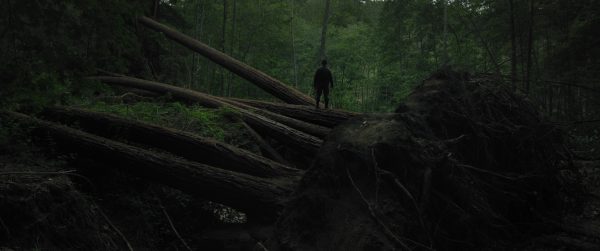
Kelly McNeely: It’s a very atmospheric film as well, just visually and tonally what were your inspirations — I understand you had to rewrite the film as you were going — but what were your inspirations when you were making Sator?
Jordan Graham: Yeah, even though I rewrote, I still knew the vibe and the mood of this film before going into it. For inspirations, as far as aesthetically, True Detective. The first season of True Detective was a major one, and the film The Rover was a major one. As far as inspiration to make the actual film? Jeremy Saulnier’s Blue Ruin, but maybe for, like, the beginning of that. Have you seen that film?
Kelly McNeely: I love that film!
Jordan Graham: So that was a huge inspiration. He did many jobs on his own on that one, and at the time, I thought he did it for a very very low budget, when I found it was– it’s still low — but it wasn’t as much as I thought, he did it for a lot more. But also like, the beginning of that movie is very quiet as well, and the main character doesn’t speak very often, and so that was my inspiration going in. But then as I’m shooting the film, I’d get other inspirations, like, Under the Skin was a big one.
Kelly McNeely: I definitely see the True Detective aesthetic to it. I’d love that first season so much. It’s one of my favourite things.
Jordan Graham: Oh, yeah. I’ve seen it like seven times already now. And I’ve been talking about that season during these interviews, and now I want to go watch again. I would love to make a film in Louisiana and have that kind of aesthetic. I just I love it. Yeah, that show’s so good.
Kelly McNeely: Now for my last question, I’m not gonna say any names, because I don’t want to have any spoilers for anyone. But I understand that one of the actors actually lit his beard on fire?
Jordan Graham: Yeah, that wasn’t my idea. But he called me like a week before and said, like, I want to burn my beard off for the film, I spent seven months growing this thing, and I want to burn it off. And I was like, nope, that’s not happening, that’s way too dangerous. And then I was thinking about it, and fire is such an important theme to the film. I was like, that’d be really cool if we did that. So he came over.
That was my biggest day on the film. I had three people help me on that day. I shot for 120 days, most of the time was just myself with one or two actors, and then I had like 10 days where one person would assist me with some basic tasks. And then that one day, I had three people that I needed to help me with that.
And so yeah, we tried lighting his beard, but it was so saturated in blood that it wouldn’t light, so I had to go get lighter fluid and brush that on his face, and had somebody there with a hose, and somebody there to light it. And then lit on fire. He lit it twice, and both those shots are in the film.
Kelly McNeely: That’s commitment.
Sator comes out digitally in North America from 1091 Pictures on February 9th, 2021. For more on Sator, click here.
Official Synopsis:
Secluded in a desolate forest home to little more than the decaying remnants of the past, a broken family is further torn apart by a mysterious death. Adam, guided by a pervasive sense of dread, hunts for answers only to learn that they are not alone; an insidious presence by the name of Sator has been observing his family, subtly influencing all of them for years in an attempt to claim them.
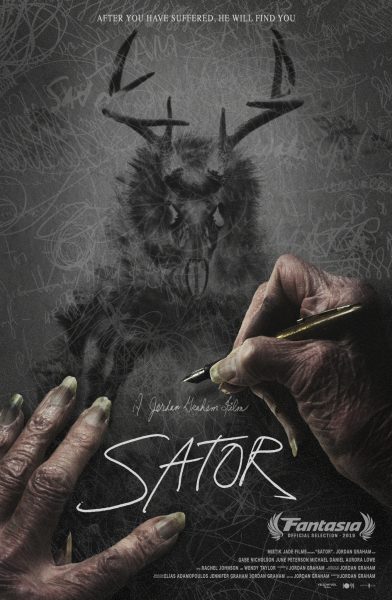
Listen to the 'Eye On Horror Podcast'

Movies
Ernie Hudson To Star In ‘Oswald: Down The Rabbit Hole’
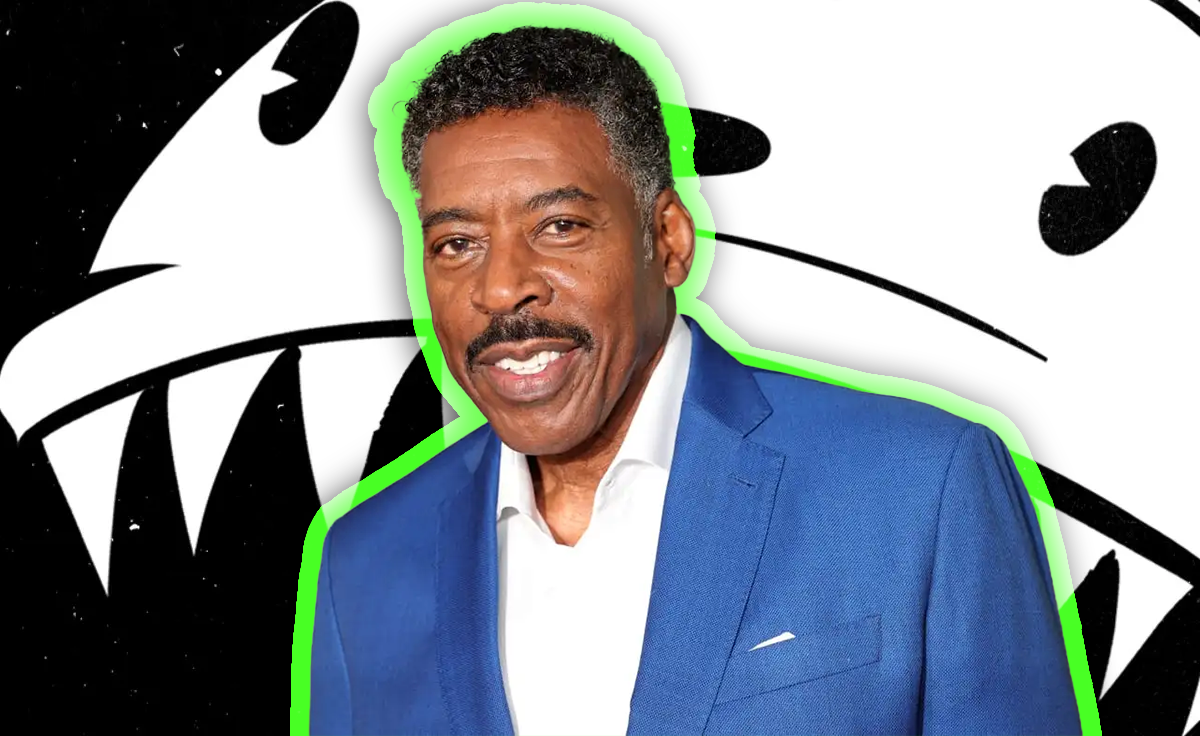
This is some exciting news! Ernie Hudson (Ghostbusters 1984, The Crow 1994) is set to star in the upcoming horror film titled Oswald: Down The Rabbit Hole. Hudson is set to play the character Oswald Jebediah Coleman who is a brilliant animator that is locked away in a terrifying magical prison. No release date has been announced yet. Check out the announcement trailer and more about the film below.
The film follows the story of “Art and some of his closest friends as they help track down his long-lost family lineage. When they find and explore his Great-Grandpa Oswald’s abandoned home, they encounter a magical TV that teleports them to a place lost in time, shrouded by dark Hollywood Magic. The group finds that they are not alone when they discover Oswald’s come-to-life cartoon Rabbit, a dark entity that decides their souls are it’s for the taking. Art and his friends must work together to escape their magical prison before the Rabbit gets to them first.”
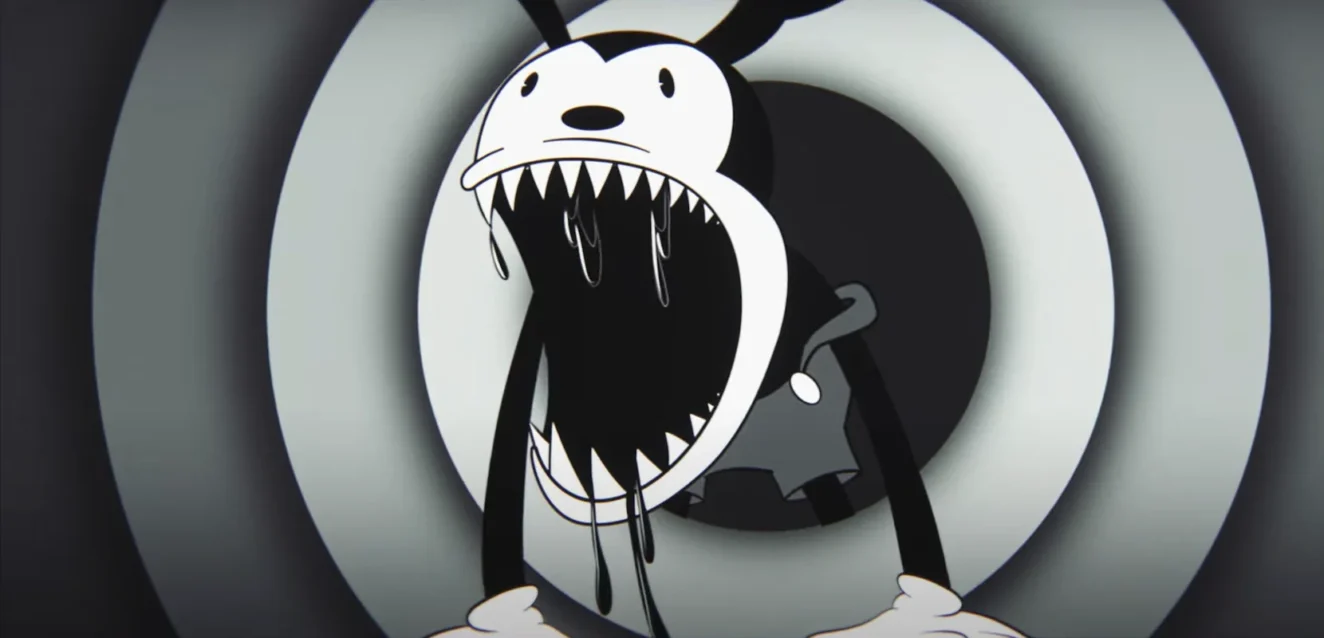
Ernie Hudson stated that “I am excited to work with everyone on this production. It’s an incredibly creative and smart project.”
Director Stewart also added “I had a very specific vision for Oswald’s character and knew I wanted Ernie for this role from the start, as I’ve always admired iconic cinematic legacy. Ernie is going to bring Oswald’s unique and vengeful spirit to life in the best way possible.”
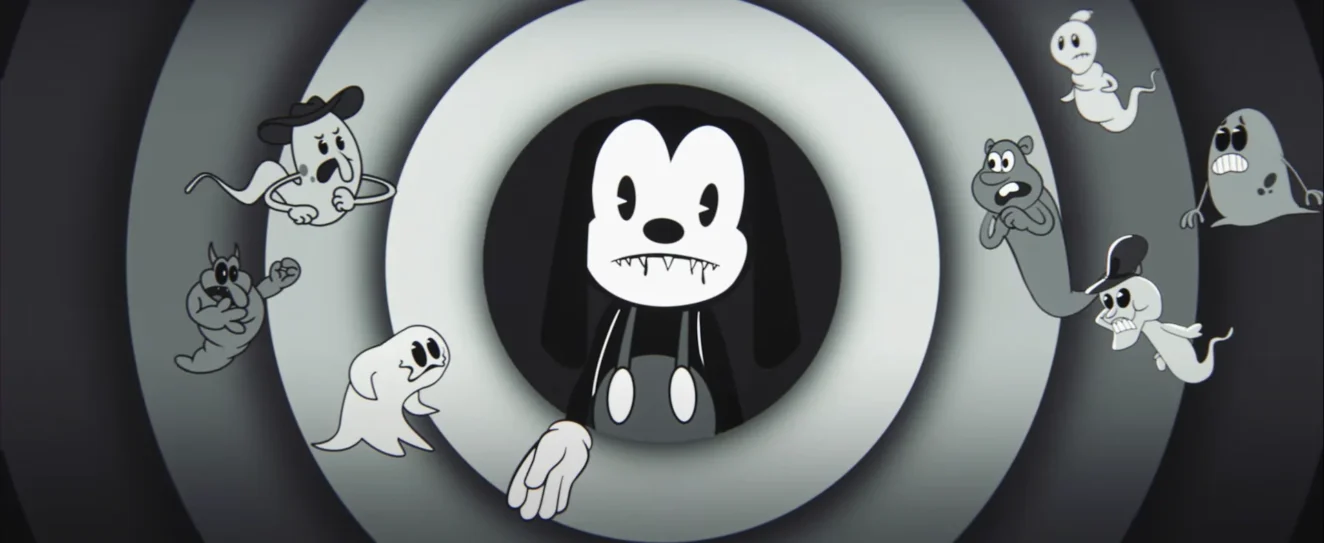
Lilton Stewart III and Lucinda Bruce are teaming up to write and direct the film. It stars actors Ernie Hudson (Ghostbusters 1984, The Crow 1994), Topher Hall (Single Drunk Female 2022), and Yasha Rayzberg (A Rainbow in the Dark 2021). Mana Animation Studio is helping produce the animation, Tandem Post House for post-production, and VFX supervisor Bob Homami is also helping. The budget for the film currently sits at $4.5M.
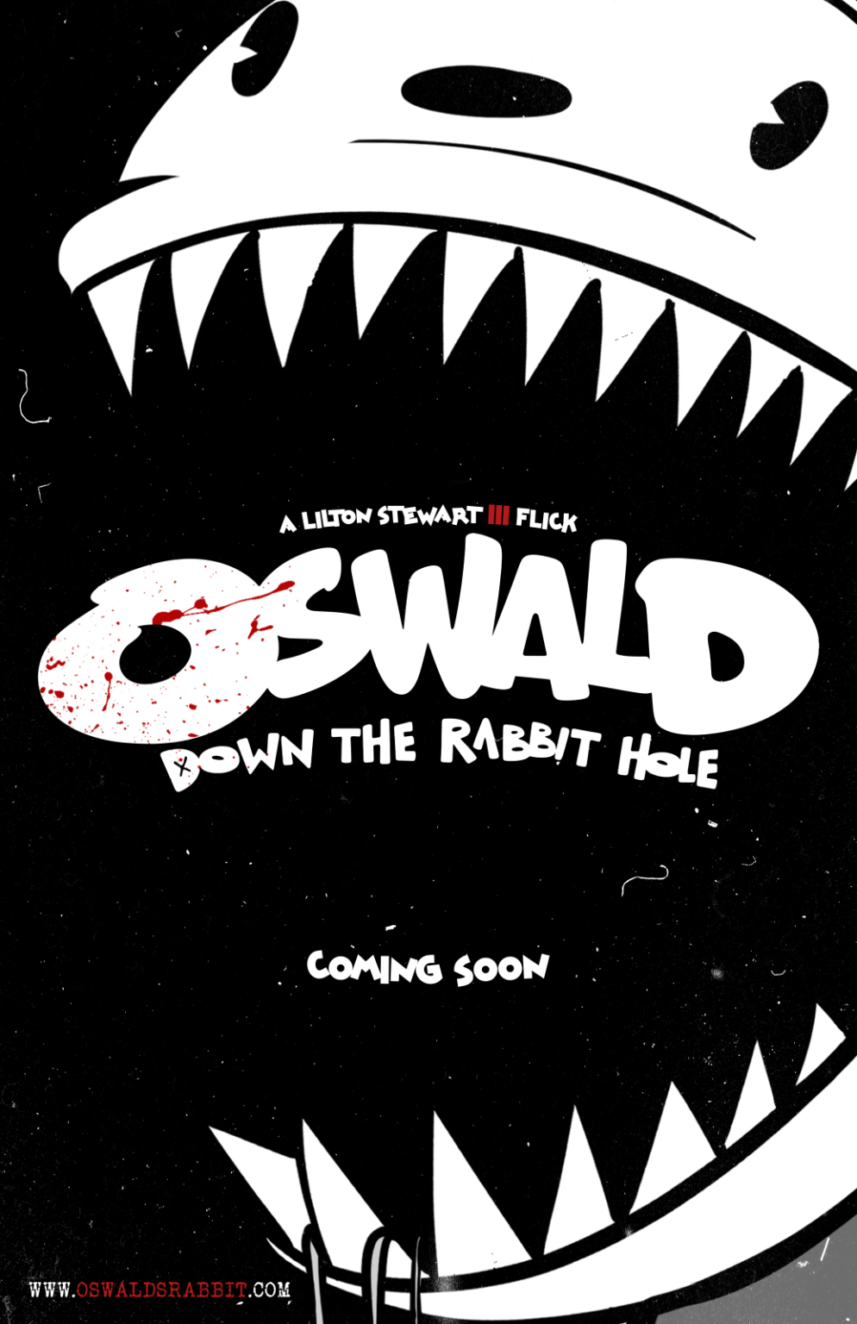
This is one of many classic childhood stories that are being turned into horror films. This list includes Winnie the Pooh: Blood and Honey 2, Bambi: The Reckoning, Mickey’s Mouse Trap, The Return of Steamboat Willie, and many more. Are you more interested in the film now that Ernie Hudson is attached to star in it? Let us know in the comments below.
Listen to the 'Eye On Horror Podcast'
Movies
Blumhouse & Lionsgate to Create New ‘The Blair Witch Project’
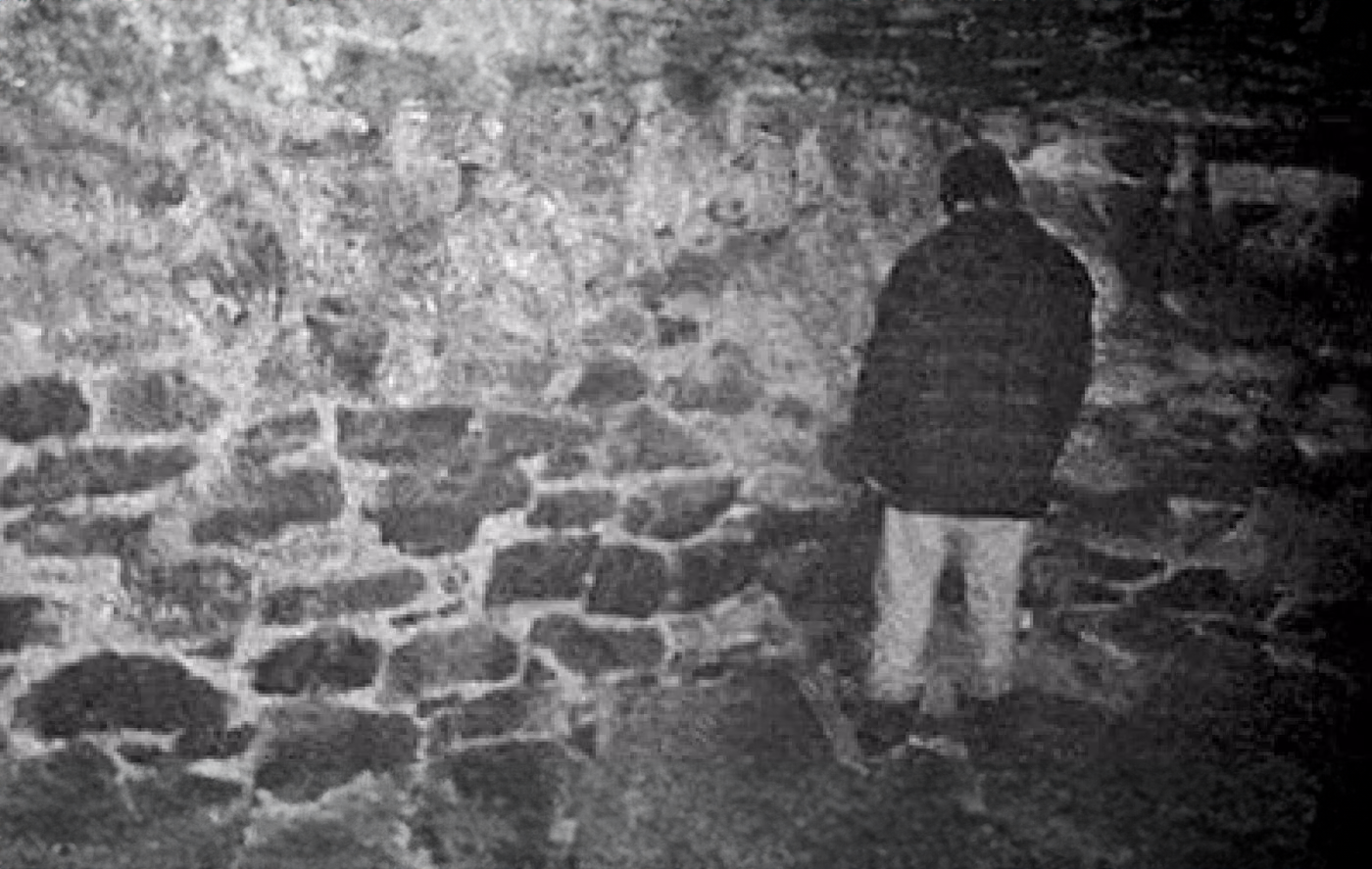
Blumhouse hasn’t necessarily been batting a thousand lately. Their recent films Imaginary and Night Swim weren’t as well-received as they wanted. But that all might change in the near future because Bloody Disgusting is reporting that Blumhouse and Lionsgate are collaborating on a new Blair Witch Project….project.
The horror publication got the scoop fresh from CinemaCon today. The event takes place in Las Vegas and is the largest gathering of global theater owners in the country.
Chair of Lionsgate’s movie division, Adam Fogelson, made the announcement on Wednesday. It is part of a planned slate of movies to be remade taken from Lionsgate’s oeuvre.
“I have been incredibly fortunate to work with Jason many times over the years. We forged a strong relationship on ‘The Purge’ when I was at Universal, and we launched STX with his film ‘The Gift’. There is no one better at this genre than the team at Blumhouse,” said Fogelson. “We are thrilled to kick this partnership off with a new vision for Blair Witch that will reintroduce this horror classic for a new generation. We couldn’t be more pleased to be working with them on this and other projects we look forward to revealing soon.”
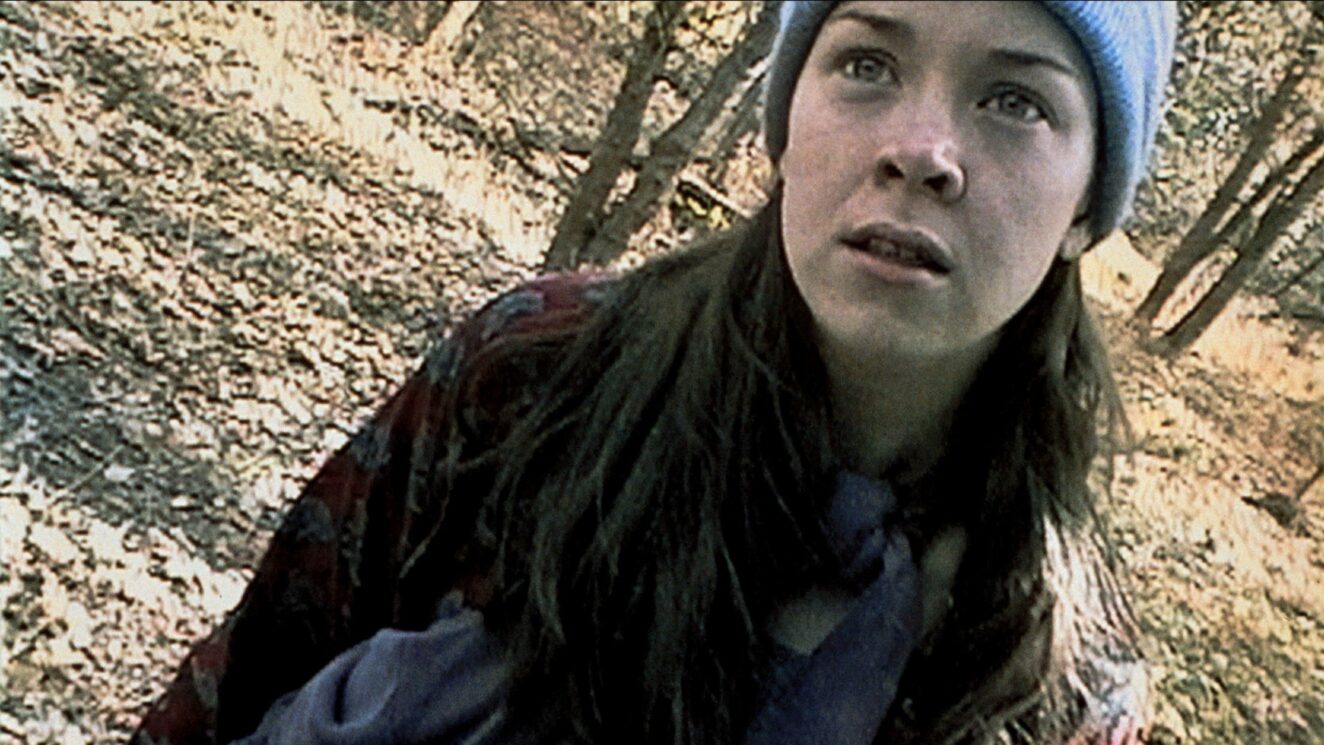
Blum added: “I’m very grateful to Adam and the team at Lionsgate for letting us play in their sandbox. I’m a huge admirer of ‘The Blair Witch Project’, which brought the idea of found footage horror to mainstream audiences and became a true cultural phenomenon. I don’t think there would have been a ‘Paranormal Activity’ had there not first been a Blair Witch, so this feels like a truly special opportunity and I’m excited to see where it leads.”
There were no details given as to whether the project will expand on the Blair Witch universe or reboot it entirely, but we will keep you posted as the story develops.
Listen to the 'Eye On Horror Podcast'
Movies
Sam Raimi Produced Horror Film ‘Don’t Move’ Is Headed To Netflix
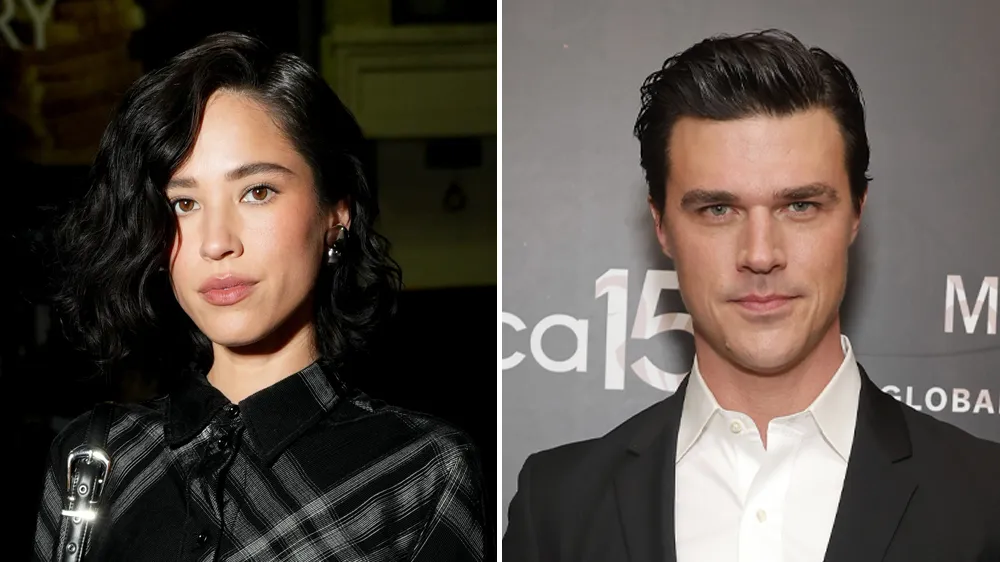
This is unexpected news but a welcome one. A new horror film produced by Sam Raimi titled Don’t Move is headed to Netflix. The streaming company just bought the worldwide rights to the film to be released on their platform. No release date has been given for when the film will start streaming. Check out more about the film below.
The film synopsis states “It follows a seasoned serial killer who injects a grieving woman with a paralytic agent while the two of them are isolated deep in the forest. As the agent gradually takes over her body, she must run, hide, and fight for her life before her entire nervous system shuts down.”
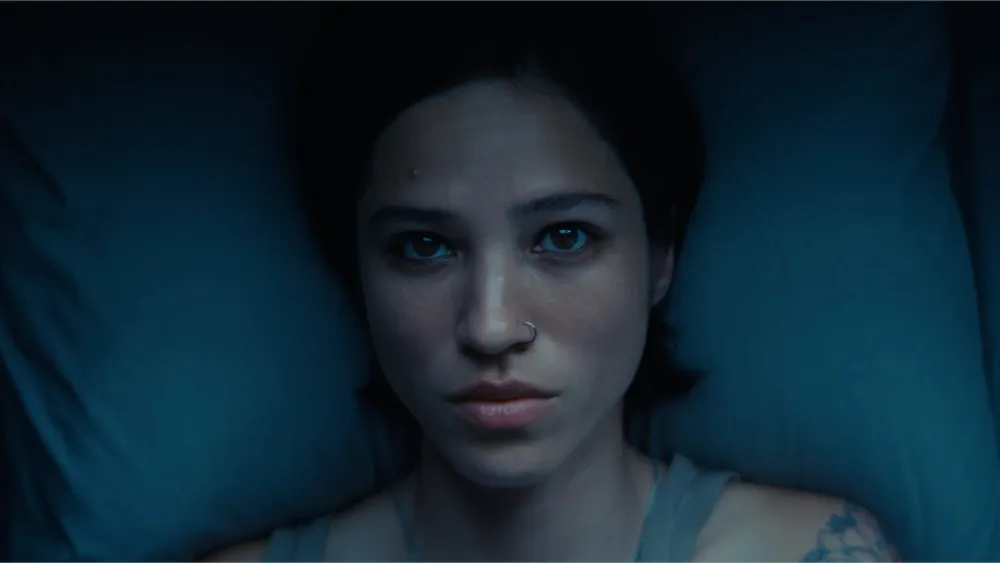
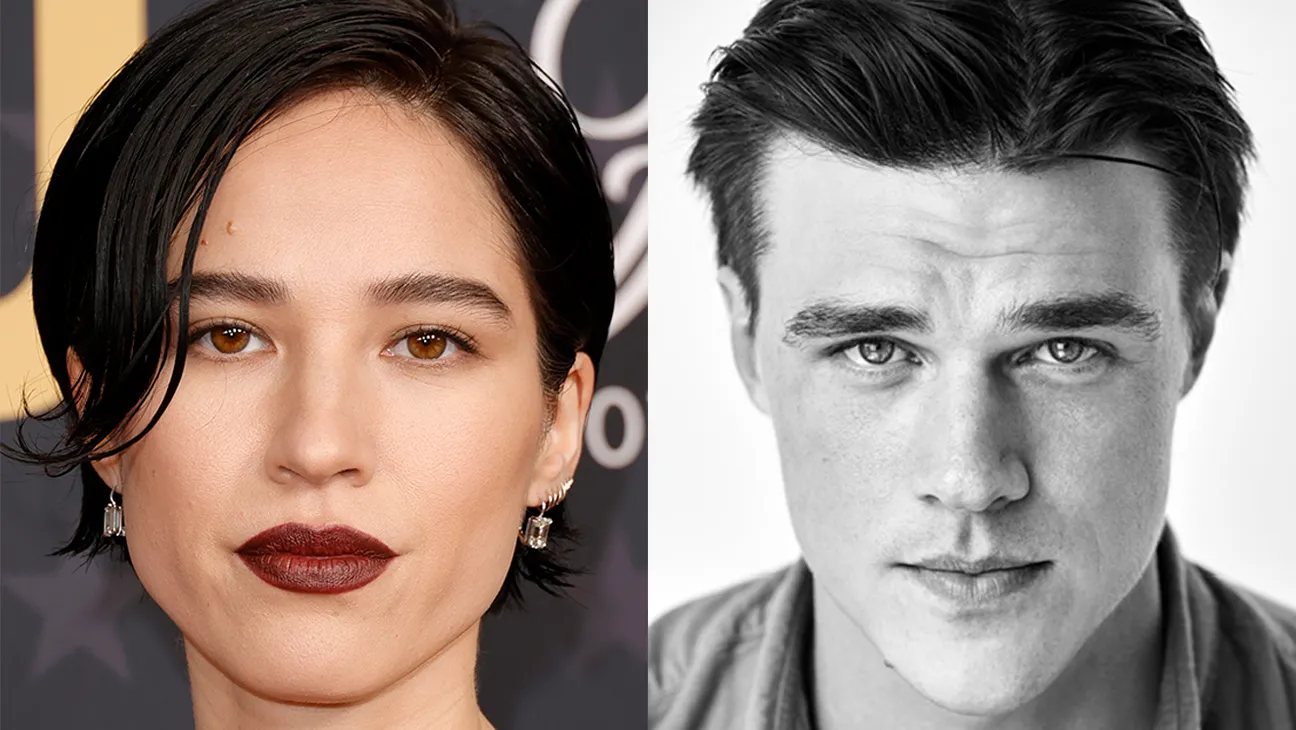
The movie is being directed by duo directors Brian Netto and Adam Schindler. They are known for the films Delivery: The Beast Within (2013) and Sundown (2022). The story is written by David White and T.J. Cimfel. It stars actors Kelsey Asbille, Finn Wittrock, and Daniel Francis. It is rated R for some strong violence and language.
Sam Raimi is known in the horror world for classics including the “Evil Dead” franchise, “Drag Me to Hell“, and many more. He was an Executive Producer for the most recent addition to the “Evil Dead” franchise titled “Evil Dead Rise“. Are you excited about this new horror film? Let us know in the comments below.
Listen to the 'Eye On Horror Podcast'
-
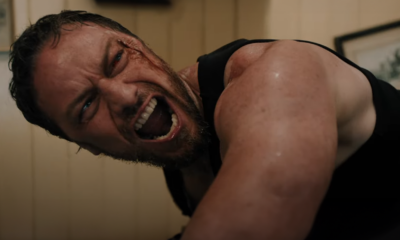
 Trailers5 days ago
Trailers5 days agoJames McAvoy Captivates in the New Trailer for ‘Speak No Evil’ [Trailer]
-
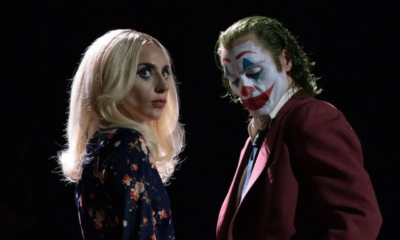
 Trailers6 days ago
Trailers6 days ago‘Joker: Folie à Deux’ Official Teaser Trailer Releases And Showcases Joker Madness
-
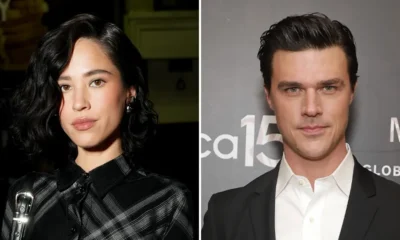
 Movies6 days ago
Movies6 days agoSam Raimi Produced Horror Film ‘Don’t Move’ Is Headed To Netflix
-

 Trailers6 days ago
Trailers6 days ago“The Contestant” Trailer: A Glimpse into the Unsettling World of Reality TV
-
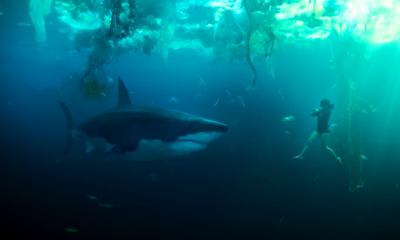
 Trailers4 days ago
Trailers4 days agoWatch the trailer for ‘Under Paris,’ the movie people are calling ‘French Jaws’ [Trailer]
-
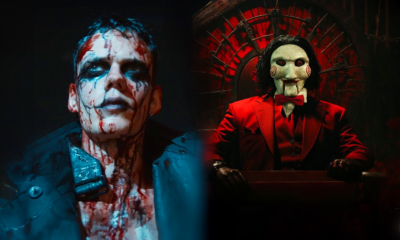
 News6 days ago
News6 days ago“The Crow” Reboot Delayed to August & “Saw XI” Postponed to 2025
-
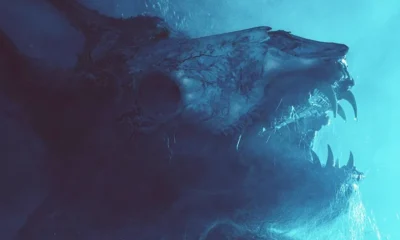
 Movie Reviews7 days ago
Movie Reviews7 days ago‘Skinwalkers: American Werewolves 2’ is Packed with Cryptid Tales [Movie Review]
-
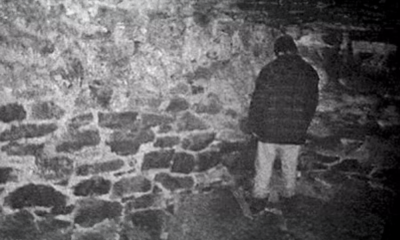
 Movies6 days ago
Movies6 days agoBlumhouse & Lionsgate to Create New ‘The Blair Witch Project’
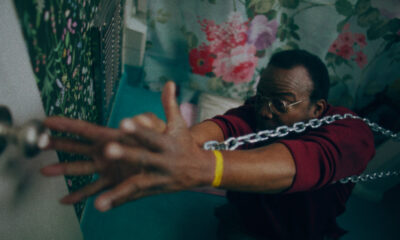

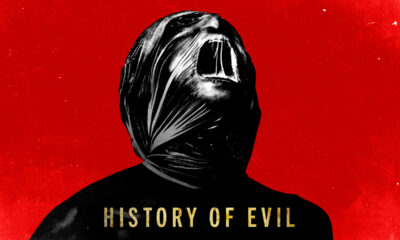

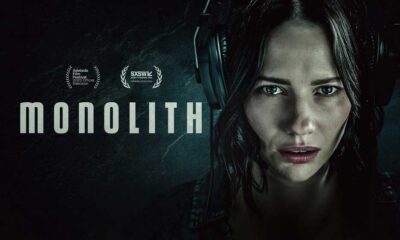













You must be logged in to post a comment Login